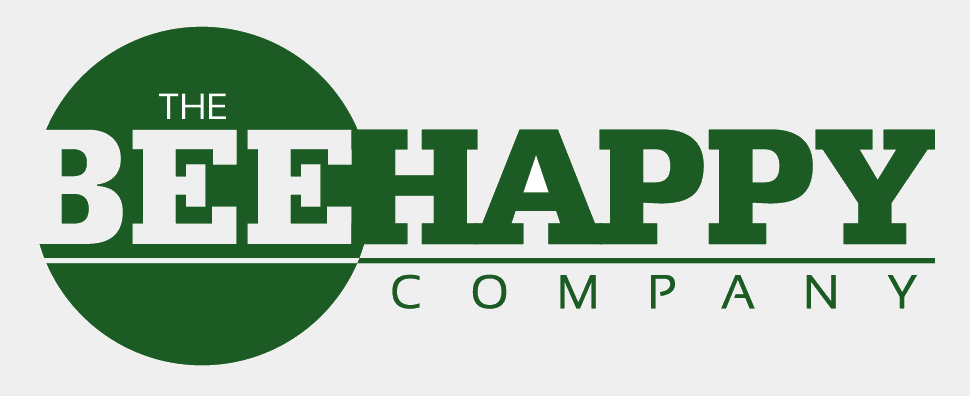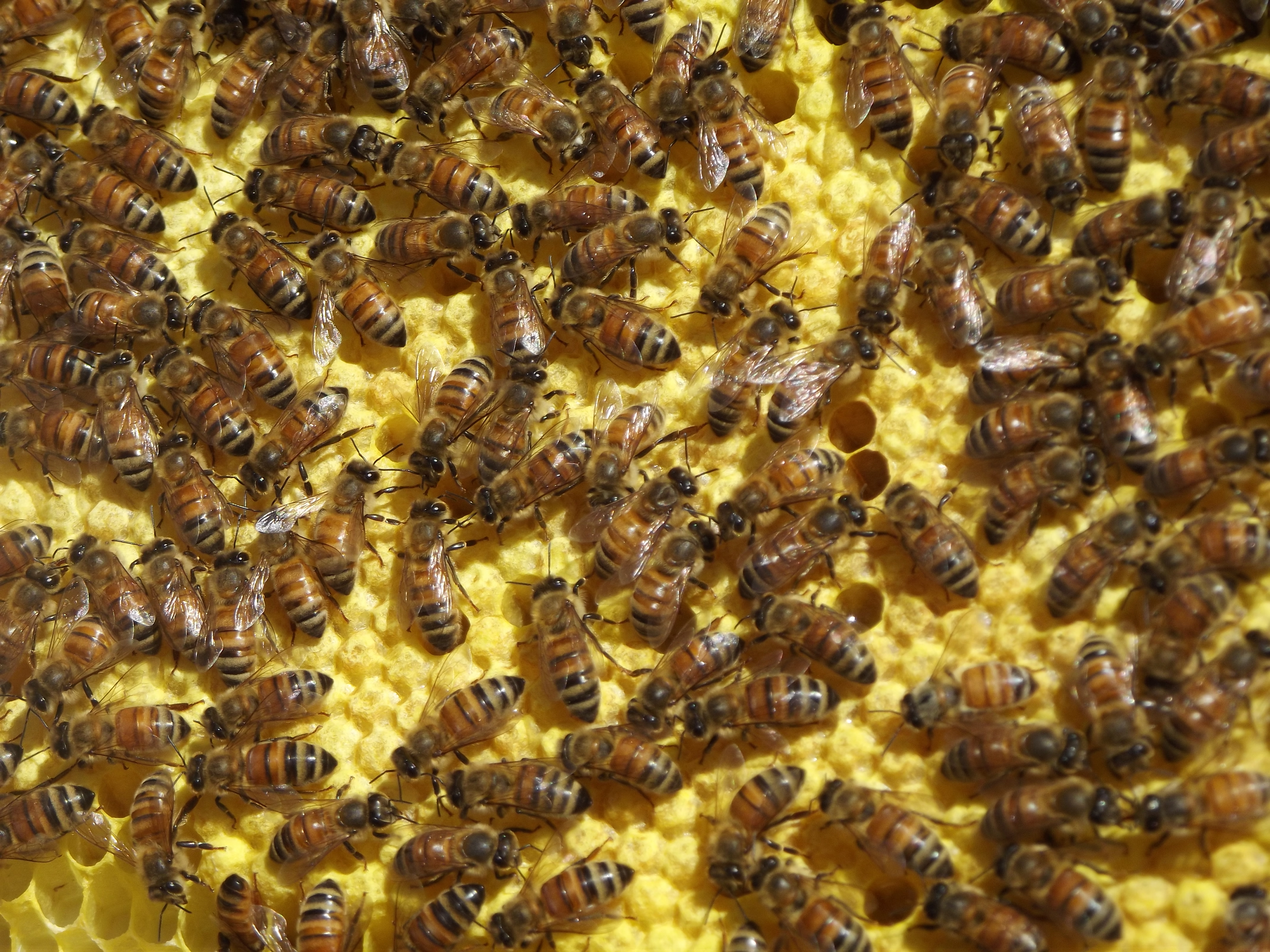The Friday Bee Chronicles by Janice Sina
A thoughtful look at beekeeping that’s about more than bees.
Volume 1, number 2
In addition to the two humans, one dog and one cat, there are virtually millions of creatures that inhabit the 40 acres we call home. The more obvious and sometimes transient residents include deer, many song birds, squirrels that manage daily to outsmart us at the bird feeders, waterfowl on the pond. Some busy beavers and secretive muskrats also dwell here. We are serenaded by spring peepers, wood frogs, American toads, bullfrogs and tree frogs from early spring through the summer. That still doesn’t add up to millions so we’ll add in all the other arthropods, from microscopic to dime-sized, as innocuous as the wolf spider, as obnoxious as the tick, and as loud as the katydids. Add the soft-bodied annelids, tillers of the underground, those earthworms. I missed some categories, I know. With all these creatures, one might wonder why I would not only invite but purposefully acquire more. Approximately twenty thousand more.
I suppose one of the reasons is that it’s unique. If you’re reading this you may not think so, given the company you keep, but to the general public, it is. I get lots of raised eyebrows and even more questions when I mention I’m a beginning beekeeper. Do you have a bee suit? That’s so cool! Have you gotten stung? Are you selling the honey? Are they close to your house? I love answering the questions because it gives me a chance to lobby for the bees as pollinators, my primary reason for keeping bees. It is becoming increasingly hard to keep this world full of pollinators, honey bees being among the most important. With so much development and suburbanization, we’re losing acres of woods and fields which supply more nectar and pollen than the flowers we plant at our doorstep. Maple and oak trees, the bane of spring allergy sufferers and distributors of that yellow-green dusting of pollen over everything are also the main source of food for bees after a long winter. It’s not the big, beautiful tulips or daffodils in the yard, it’s the thousands of inconspicuous flowers at the tops of these trees that the bees depend on. Skunk cabbage and dandelions are just as important. I’m all for biodiversity. To me, as long as it’s green, it’s got potential. And if it wasn’t for pollinators, we wouldn’t enjoy the diversity of foods available to us. The next time you sprinkle some slivered almonds onto your fruit compote, thank a pollinator.
Janice Sina, former biology teacher turned veterinary assistant, observes and writes about nature from her East Haddam home. She is a contributing writer to wisewomennow.com and has written for Dog Fancy Magazine and This I Believe (thisibelieve.org).


Follow Us!